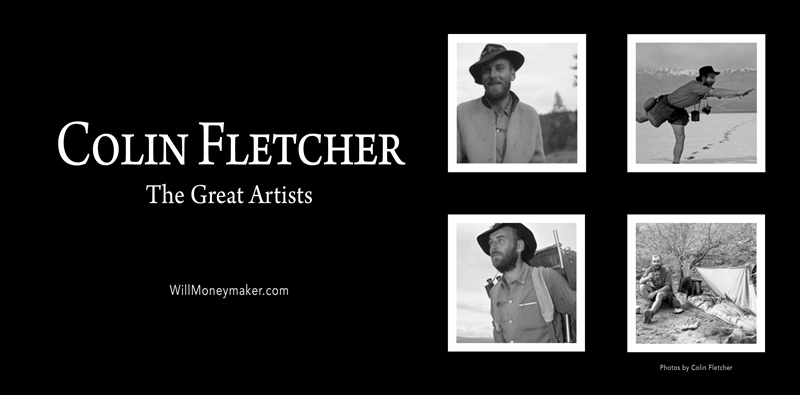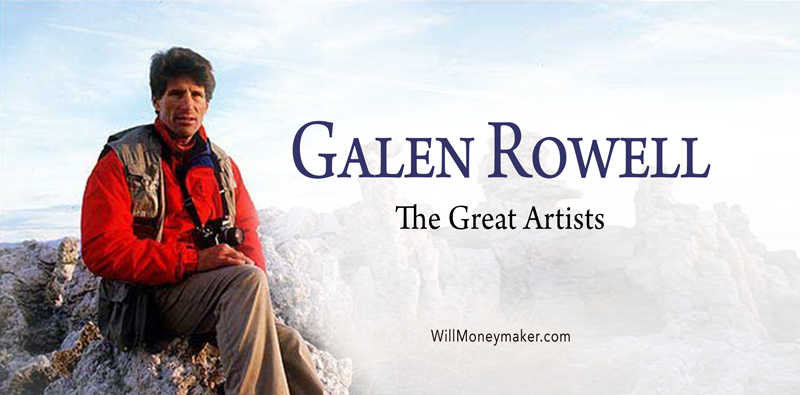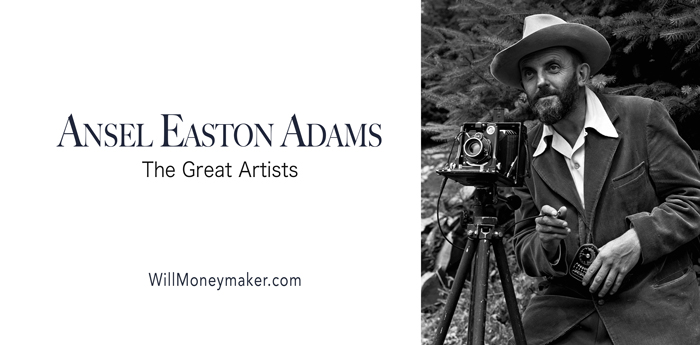Referred to by many in his field as a master of 20th-century photography, Edward Weston was born on March 24, 1886, in Chicago. He had an interest in photography from an early age and would go on to be one of the first experts and proponents of highly detailed photography. His parents were Edward Burbank Weston, who was an obstetrician, and Alice Jeanette Brett, a Shakespearean actress. He was their second child and only son. Edward’s mother died when he was five years old, and his sister, Mary, who was nine years older than him, took over raising him.
Edward and Mary were very close, and she was one of the only stable relationships of his young life. When their father remarried four years after losing their mother, Edward and Mary did not like their new step-mother or step-brother. Edward’s father devoted most of his time to his new wife and her son, and Mary got married and moved to California. This left Edward isolated. He quit school and spent most of his time in his bedroom.
Edward’s father gave him his first camera as a present for his 16th birthday, and Edward loved it. After taking it on a vacation to the Midwest with him, he was interested enough in photography to buy himself a better camera when he got home. He spent much of his time taking pictures around Chicago. He also developed his own film.
Eventually, he took a job at a department store to earn some money but continued taking pictures in his spare time. By the time he was 20, he felt confident enough in his work to submit it to a magazine called Camera and Darkroom. The magazine published a full-page copy of his photo called Spring, Chicago, and this is the first known publication of any of Edward’s work.
Shortly after turning 20, Edward’s sister, Mary, encouraged him to come to California, where she was living. He did and moved near her home in Glendale, CA. However, he soon decided he needed more training if he was going to pursue a professional career in photography, and so went back to Illinois to attend the Illinois College of Photography in Effingham. It was a nine-month course, but Edward finished all the work in six months; the college refused to give him his diploma unless he paid for the full nine-month course. When he refused to pay, he simply moved back to California, confident he had enough training to be a professional photographer.
He worked at a couple of different photography studios in California, learning not only different photographic techniques but also how to be a businessperson with a photography studio. Learning both the artistic and business sides of things was good for him and made him better at his craft. He spent several years in this kind of on-the-job training.
While he was training, Edward’s sister introduced him to Flora May Chandler, a graduate of UCLA and a grade school teacher. Flora was Mary’s best friend and a distant relative of the head of one of Southern California’s most powerful families. Edward and Flora fell in love and were married on January 30, 1909. The couple had four sons together, but it turned out, not much else in common. Flora was a conventional woman from a Puritan background, and though he was rather conventional himself at that time in his life, Edward disliked convention.
He soon took up a relationship with a bohemian, bisexual photographer named Margrethe Mather, and the two of them became photographic partners for more than a decade. Years later, even after they were no longer in contact, Edward referred to Margrethe as the most significant influence on his life.
Edward eventually opened his own photography studio, and as his wife had more sons, he began to become more involved in the California cultural scene. Two of these were Roubaix Richey and Tina Modotti. Richey and Modotti were a couple, but unmarried. However, they pretended to be married to Richey’s family. Edward eventually began an intimate relationship with Modotti, which Richey knew about. Richey continued to be friends with Edward, and they even shared a photography studio together in Mexico for a time.
Edward’s reputation grew as he collaborated with more photographers and experimented with different photographic styles. He began being viewed as an artistic photographer, and his work moved from commercial photography to exhibits of his work. He had many pieces published, as well. Exhibits within his lifetime, during his period of active work, were more common for him than for many other contemporary photographers. Edward took more than 1,000 photographs over the course of his career.
Edward and his wife eventually separated but did not divorce for 16 years afterward, once all their sons were grown. He remarried to Charis Wilson on April 24, 1939. He referred to her in his personal writings as the love of his life.
In 1945, Edward began experiencing the first symptoms of Parkinson’s disease. He began to withdraw from his work and Charis. Eventually, he and Charis broke up, largely because she had no interest in photography… an initial attraction for Edward, as all of his previous serious relationships were with fellow photographers… and over their years together, she became his model, muse, and assistant. Photography was taking up too much of her life, and when she left Edward, she described it as breaking free of photography.
Edward advertised for an assistant and took his last photographs in 1948. He died on January 1, 1958, with $300 in the bank. Pebble Beach, California, near where he lived, was renamed in his honor as Weston Beach.




